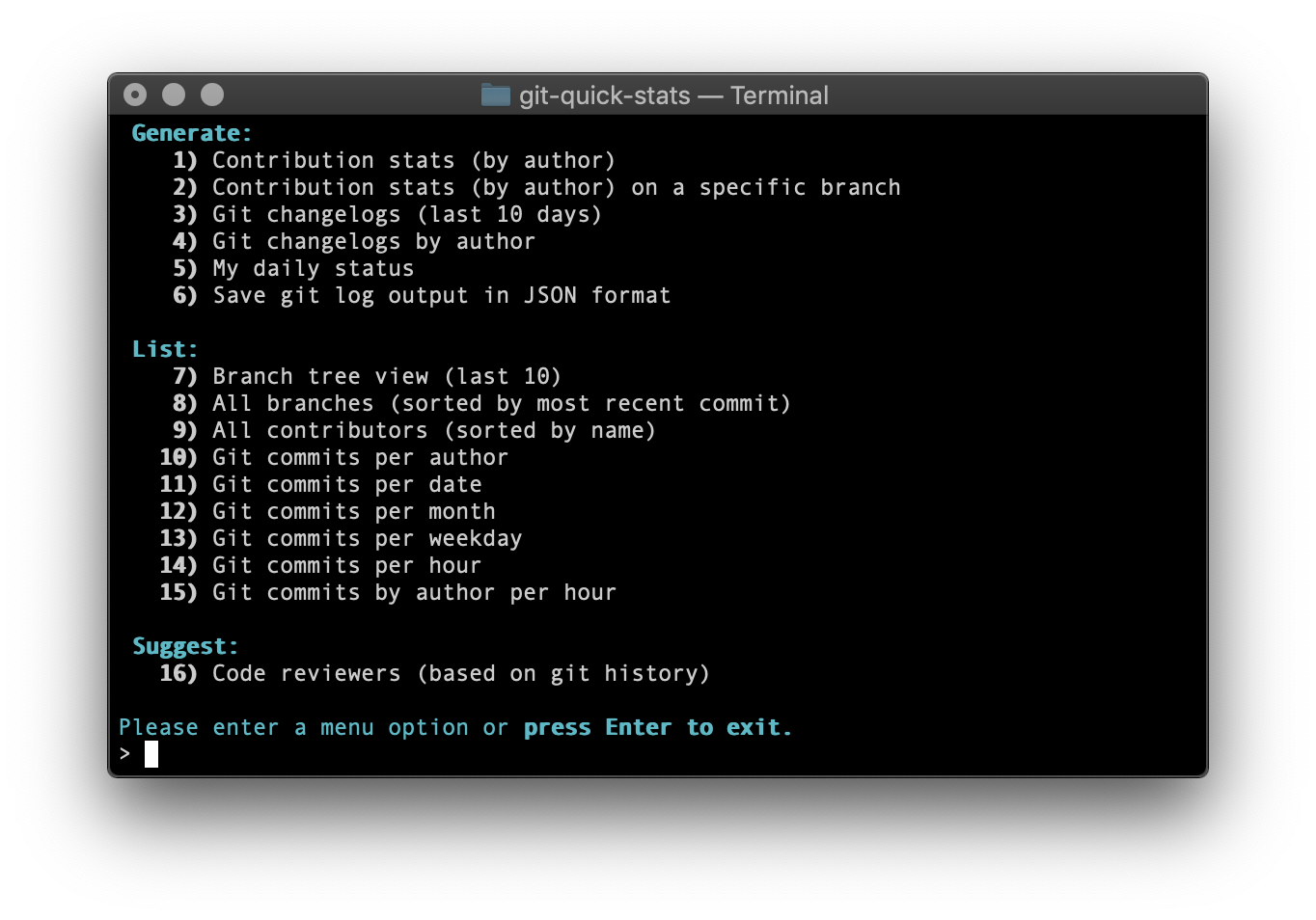Learn Netstat Command: Linux Examples & Tutorial
Ever wondered how your Linux system communicates with the world? The answer lies in understanding network connections, and a powerful tool called `netstat` can unlock those secrets. Mastering `netstat` is essential for any Linux administrator, providing crucial insights into network performance, security, and overall system health.
The `netstat` command, short for "network statistics," is a command-line utility that displays information about active network connections, routing tables, interface statistics, listening ports, and more. It's a fundamental tool for network troubleshooting, allowing administrators to quickly diagnose connectivity issues, identify suspicious activity, and monitor network usage. While newer tools like `ss` have emerged, `netstat` remains relevant due to its widespread availability and familiarity among system administrators.
| Command | `netstat` |
| Purpose | Displays network connection information, routing tables, interface statistics, etc. |
| Availability | Most Linux distributions |
| Replaced by | `ss` (in some modern distributions) |
| Reference | netstat man page |
One of the most common uses of `netstat` is to view active TCP connections. Executing `netstat` without any arguments provides a snapshot of all established connections, showing the local and remote IP addresses and port numbers, as well as the connection state (e.g., ESTABLISHED, LISTEN, CLOSE_WAIT). This information is invaluable for identifying which applications are communicating over the network and pinpointing potential bottlenecks. For instance, a large number of connections in a TIME_WAIT state might suggest a performance issue that needs investigation.
Beyond simply listing active connections, `netstat` offers a wealth of additional functionality through various command-line options. The `-t` flag restricts the output to TCP connections, `-u` shows UDP connections, and `-l` displays listening ports. Combining these options allows for granular control over the information displayed. For example, `netstat -tl` lists all listening TCP ports, providing a quick overview of services running on the system and potentially exposed to the network.
The `-n` option instructs `netstat` to display numerical IP addresses and port numbers instead of resolving them to hostnames and service names. This is particularly useful when troubleshooting DNS issues or when speed is critical, as name resolution can add significant overhead. Furthermore, the `-p` option shows the process ID (PID) associated with each connection, enabling administrators to identify which applications are responsible for specific network activity. This can be crucial for tracking down rogue processes or diagnosing resource consumption issues.
For more in-depth analysis, `netstat` can be combined with other command-line tools like `grep`, `awk`, and `sort`. For example, to find all connections to a specific IP address, you could use `netstat -n | grep "192.168.1.100"`. Similarly, `netstat -an | awk '$6 =="LISTEN" {print $4}'` isolates all listening ports and their associated IP addresses. These combinations allow for powerful filtering and analysis of network data.
While invaluable for home or office use, caution should be exercised when using `netstat` on production servers, particularly web servers. Dynamically generated content via PHP, MySQL, PostgreSQL, and other technologies can lead to a high volume of transient connections, making the output of `netstat` difficult to interpret. On busy web servers, the constant churn of connections can also impact performance if `netstat` is used excessively.
Despite the rise of newer tools, `netstat` remains a valuable asset for network administrators. Its straightforward syntax, versatile options, and integration with other command-line utilities make it a powerful tool for monitoring, troubleshooting, and securing Linux networks. By understanding its capabilities and limitations, administrators can leverage `netstat` to gain valuable insights into their network infrastructure and maintain optimal system performance.
Beyond the basics, `netstat` provides options to delve deeper into network statistics. The `-s` flag displays summary statistics for each protocol, including the number of packets sent and received, errors, and collisions. This information can be helpful for identifying performance bottlenecks or underlying network issues. Furthermore, the `-r` option displays the routing table, providing a detailed view of how network traffic is routed through the system.
The `-i` option displays interface statistics, such as the number of bytes transmitted and received, errors, and dropped packets. This information is particularly useful for monitoring network interface performance and identifying potential hardware or driver issues. Combining these advanced options with the filtering capabilities of `grep`, `awk`, and `sort` allows for comprehensive network analysis and troubleshooting.
While `netstat` has been largely replaced by `ss` in modern Linux distributions, understanding its functionality remains beneficial for working with older systems or collaborating with administrators who may still rely on it. The knowledge gained from mastering `netstat` is transferable to other network analysis tools, further strengthening your skills as a Linux administrator.



Detail Author:
- Name : Miss Mayra Kovacek
- Username : mcclure.bulah
- Email : sdamore@yahoo.com
- Birthdate : 2001-02-18
- Address : 89019 Bahringer Via New Marvin, TX 69870
- Phone : +1 (586) 672-1273
- Company : Eichmann Ltd
- Job : Taxi Drivers and Chauffeur
- Bio : Cupiditate architecto ad praesentium sint. Atque iste et soluta repellendus cum. Rerum adipisci consequuntur quis ut est consequuntur.
Socials
instagram:
- url : https://instagram.com/bernier1974
- username : bernier1974
- bio : Est repudiandae fugit quasi modi natus. Aut adipisci accusamus aliquam ea.
- followers : 2982
- following : 1511
linkedin:
- url : https://linkedin.com/in/vaughn.bernier
- username : vaughn.bernier
- bio : Qui debitis eos iure ut quasi voluptatem.
- followers : 5366
- following : 703
twitter:
- url : https://twitter.com/vaughn_bernier
- username : vaughn_bernier
- bio : Ipsa corrupti voluptate architecto non suscipit eum. Est voluptas itaque error iusto. Distinctio aut officia non similique officiis ut.
- followers : 4573
- following : 2450
facebook:
- url : https://facebook.com/vaughnbernier
- username : vaughnbernier
- bio : Sint porro rerum tempora dolor earum id quia quas.
- followers : 2653
- following : 556